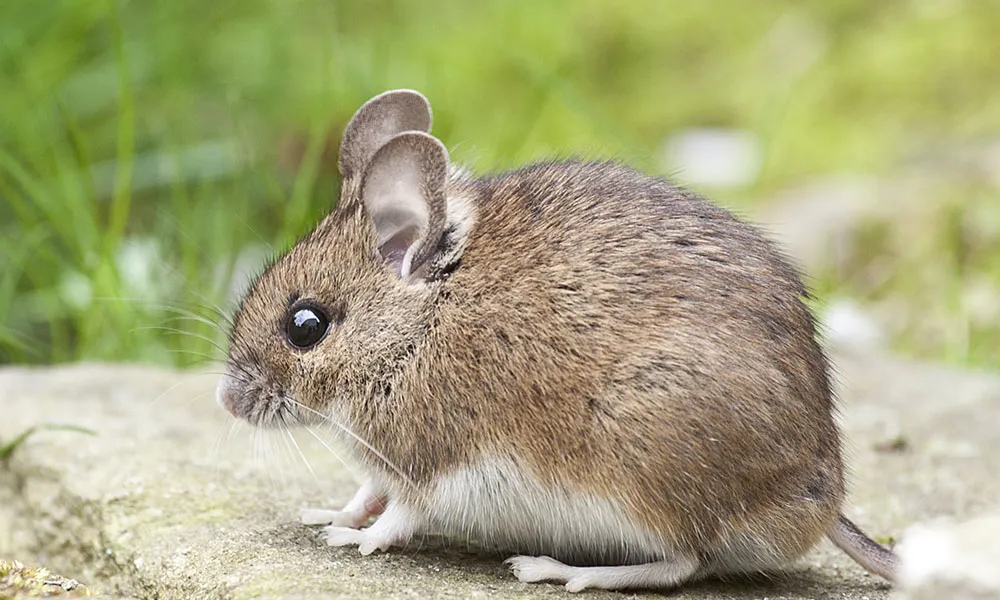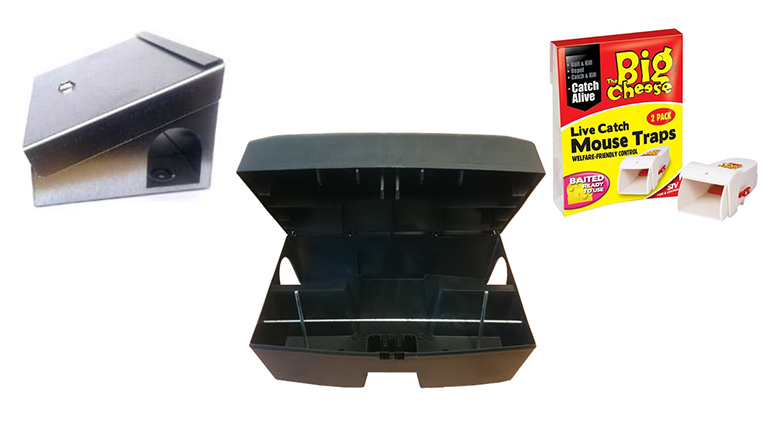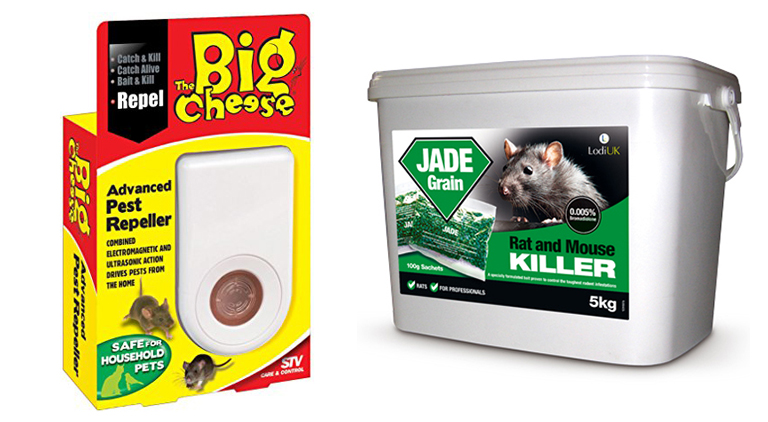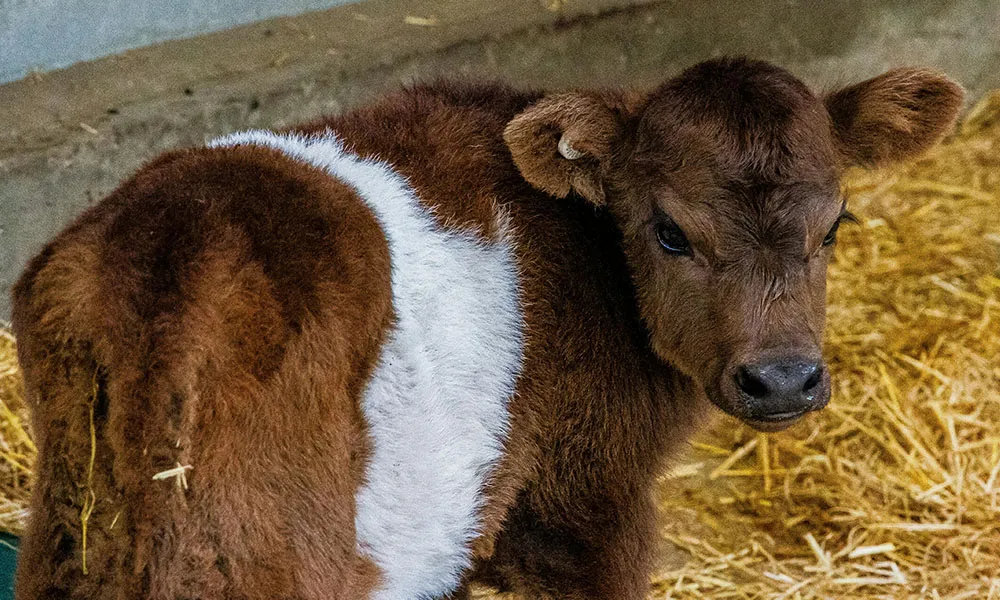
Perfect breeding conditions
Over the weekend, temperatures hit 30 degrees in some parts of the country. These scorching hot days in July may seem like a strange time to talk about pests and pest control. But in reality, the surge in temperatures should encourage us to plan for a possible infestation down the line. While we might not want to think about mice and rats as we work through hay and turf season, or break out the barbecue in the evenings, it is worth bearing in mind that these balmy conditions offer up perfect breeding conditions for rodents.
When summers are warm, as this one is shaping up to be, mice and rats multiply at a dramatic rate. They are, after all, among the most prolific of mammals. It may surprise you to learn that a single mouse can have 60 pups in a year; while a rat can have about 24. We may not see the consequences of rodents’ summer reproduction rate until the weather starts to cool again. Farmers usually start to notice droppings around meal bins in October and November, as mice and rats begin to move indoors to escape the colder weather. If you leave doors open, they will also get into the house. Few things make homeowners more uncomfortable than the idea of sharing their larder with hungry pests.
A source of disease
Now, personally, I don’t have the keen hatred of mice and rats that some people do, and I am particularly sympathetic towards the little mouse. At the same time, we need to recognise that they are major disease-spreaders. True, not all mice and rats carry disease, but many of them do. The infamous Black Death of the 14th century was caused by a plague transferred from rats to humans via the bite of infected fleas. Between them, mice and rats are known to spread around 35 diseases, including hantavirus, lymphocytic choriomeningitis, leptospirosis, Salmonella and Tularemia. Obviously, some of these are life-threatening illnesses so it’s reasonable to say that we should try to avoid an infestation.
Preemptive measures
There are several steps that you can take to decrease the likelihood of rodents proliferating in and around your home. Remember to keep sheds and barns free of clutter. Both rats and mice love messy areas, as these provide plenty of places to hide from potential predators. You should also make sure that your food storage units are airtight and up to scratch. Before autumn arrives, take the time to seal up cracks and crevices, not only in food storage units but in all your buildings and outhouses. It is also a good idea to set up repellents (see below) in anticipation of an infestation.
The humane option
Even when you take all necessary precautions, there is no guarantee of avoiding an infestation. If you start to notice droppings indoors, you will have to make a decision about how you want to manage the problem. Naturally, I would advocate for the humane approach, particularly if you are dealing with mice rather than rats. Bait boxes are a good way of capturing a single mouse or rat. Here at Agridirect.ie, we sell a wide range of them. Some of the larger ones will hold rats and mice; while Big Cheese have a range of humane mouse boxes that are small, easily set, and will likely be effective if you are dealing with a lone mouse.

Repellents
Then of course there are the rodent repellents (mentioned above). Again, some of our Big Cheese products have received excellent feedback from customers. These repellents work by producing waves of ultrasound at constantly changing frequencies, which are too high for humans, dogs or cats to hear, but which are within the hearing range of mice and rats; and Electromagnetic pulses that pass through the wiring of the home. These electromagnetic pulses travel through the walls, ceilings and flooring where rodents are most likely to nest. Each unit protects an area of at least 37 square metres from infestation by mice and rats. However, as ultrasound doesn't travel through walls or doors you will need one in each affected room or shed.

A necessary evil?
Sometimes, unfortunately, an infestation may be severe enough to require more radical action. In the event of a serious rat or mouse problem, many people resort to using poison. This is particularly true of rat infestation, which is particularly dangerous. Now I don’t deny that inflicting a slow and painful death on any animal is something I disapprove of if it can be avoided, but I’m not taking a moralising stance here. There are good and logical reasons why poison should be the last resort. For a start, rodent poison is highly toxic to all animals and you should never put it down where it can be accessed by children, pets or general wildlife. Then there is the fact that it does not kill the rodent immediately. If you have an indoor infestation, this will likely result in rats dying somewhere in the house or shed that you can’t see or access. The resultant smell is hardly something you want to deal with for several weeks. And that’s before you consider that having a carcass lying somewhere out of sight and reach will inevitably attract more pests and scavengers.
So my advice is to avoid using poison unless you feel it is absolutely necessary. Try humane bait boxes, repellents and common traps first. Poison, if it is used, should always be regarded as a necessary evil. It is preferable, if it is your only option, to have a professional put it down for you.










